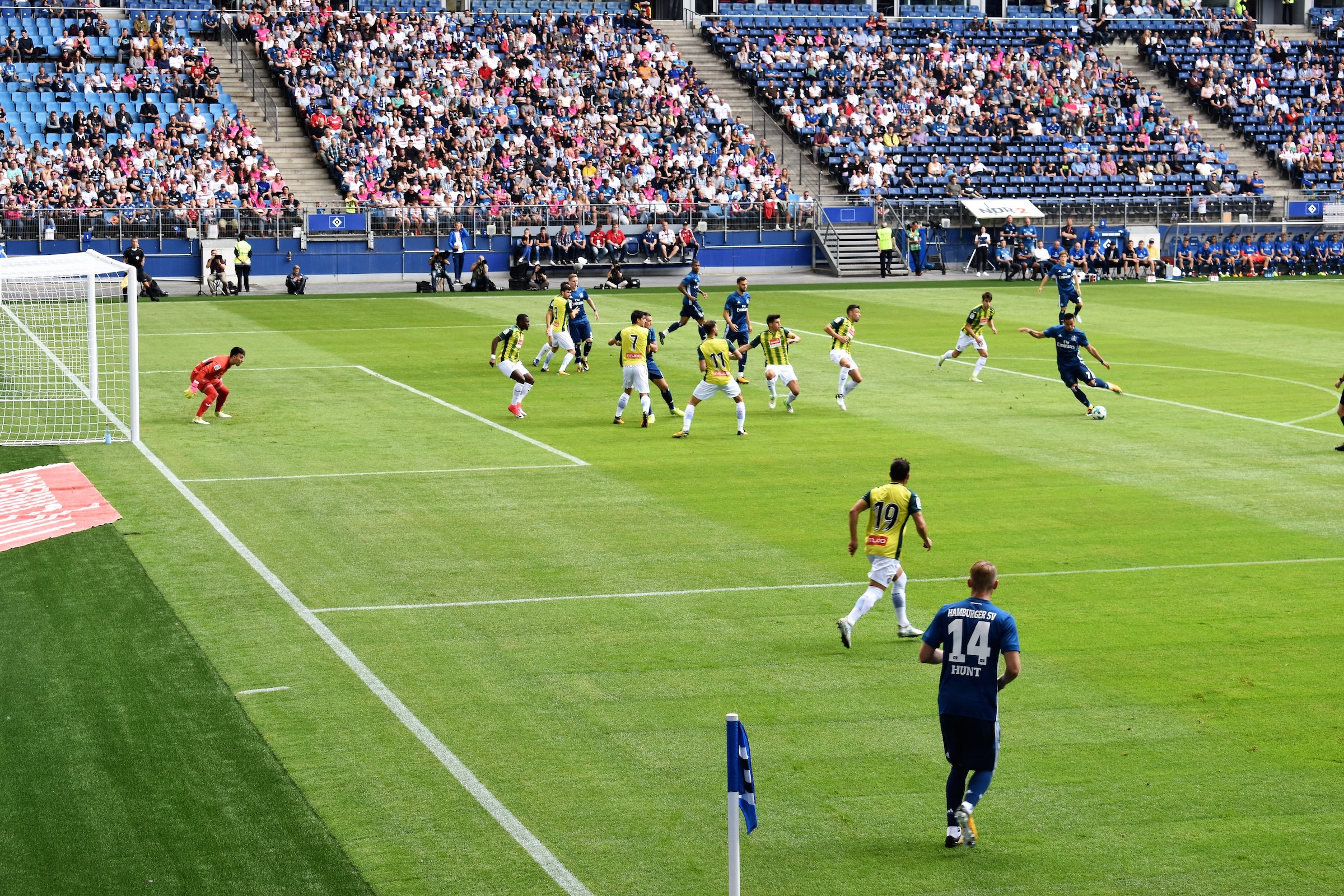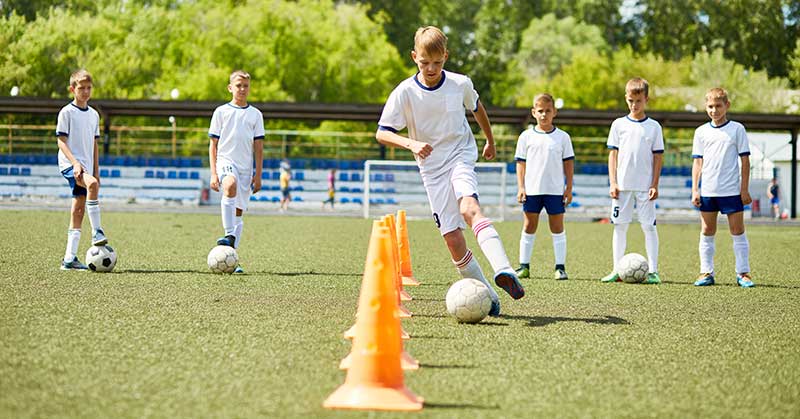Over the years, soccer cleat technology has evolved significantly, offering players various options to suit their preferences and playstyles. One of the key debates among players and enthusiasts is whether soccer cleats can be both laceless and laced at the same time. Traditionally, cleats have used a laced design to ensure a secure fit, but modern innovations have introduced laceless models that provide a seamless strike surface and a sleeker design. However, is it possible to combine the benefits of both?
The Difference Between Laced and Laceless Cleats
Before exploring whether a combination is feasible, it is important to understand the key differences between laced and laceless cleats:
- Laced Cleats: These provide a customizable fit, allowing players to tighten or loosen their cleats based on personal comfort and foot shape. They offer excellent lockdown, which is crucial for agility and quick movements.
- Laceless Cleats: Designed for a cleaner ball contact, these cleats eliminate laces from the strike zone. They rely on a snug, compression-like fit to stay secure on the foot.
Each type has its advantages and drawbacks, which is why some players might wonder if it’s possible to have the best of both worlds.
Could Soccer Cleats Be Both Laceless and Laced?
Technically speaking, a cleat cannot be completely laceless and still have laces. However, there are hybrid designs that attempt to bridge the gap between both styles. Some cleats come with hidden lacing systems or elasticated materials that simulate the feel of laceless cleats while offering the security of a laced model.

Here are a few ways manufacturers have attempted to balance both styles:
- Covered Lacing Systems: Some cleats feature laces but hide them under a thin layer of fabric, effectively reducing interference with ball control while still allowing players to adjust tightness.
- Adaptive Collar Designs: High-tech materials like knitted uppers and compression collars provide a snug fit similar to laceless cleats, sometimes allowing laces to be removed without compromising security.
- Elastic Fit Enhancements: Some hybrid models integrate elastic bands or strategic padding to maintain foot lockdown, reducing reliance on traditional lacing.
These designs demonstrate that while a cleat cannot be fully laceless and laced simultaneously, compromise solutions exist to satisfy different player preferences.
Pros and Cons of Hybrid Cleats
Hybrid soccer cleats that incorporate elements of both laced and laceless styles provide players with unique advantages and some potential drawbacks. Understanding these factors can help players choose a cleat best suited to their needs.
Advantages
- Customizable Fit: Models that feature hidden or partial lacing systems allow players to adjust the fit while maintaining a streamlined design.
- Improved Ball Control: The reduced interference from traditional laces can enhance precision when striking the ball.
- Security and Comfort: The inclusion of a compression-based fit ensures stability, reducing the likelihood of slipping inside the cleat.
Potential Drawbacks
- Break-In Time: Some hybrid cleats may require players to adjust to the unique fit, particularly if the compression materials feel too tight initially.
- Limited Adjustability: Although hybrid cleats offer some level of lace customization, they may not provide the same level of personalized fit as traditional laced models.
- Higher Cost: Due to the advanced materials and construction, such cleats are often priced higher than standard models.

Which Players Benefit from Hybrid Cleats?
Not all players will find hybrid cleats suitable for their needs. However, certain types of athletes may find them particularly beneficial, including:
- Attackers and Midfielders: A clean striking zone enhances precision, which is crucial for scoring goals and distributing passes effectively.
- Players Who Prefer a Snug Fit: Those who want a close-to-the-foot sensation without sacrificing adjustability may find hybrid models ideal.
- Professionals and High-Level Players: Many elite players prefer laceless or semi-laceless models for performance benefits, influencing market trends.
Final Thoughts
While true laceless and laced soccer cleats cannot exist simultaneously, advances in shoe design have resulted in hybrid models that attempt to offer the best of both worlds. These cleats provide a balance between security, comfort, and enhanced ball control, making them an attractive choice for many players.

Ultimately, the choice between laced, laceless, or hybrid cleats comes down to personal preference. Players who value lockdown and customization may still prefer traditional laced designs, while those seeking a seamless striking surface might favor laceless options. Hybrid designs present a compelling alternative, blending both benefits into a single package.


